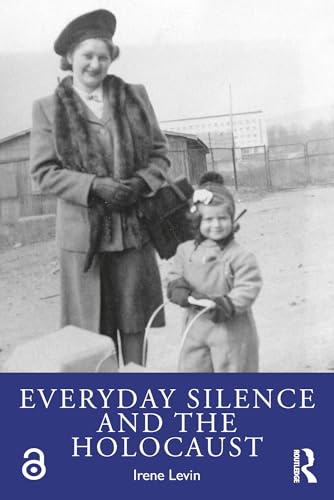
The United States Holocaust Memorial Museum Encyclopedia of Camps and Ghettos, 1933-1945, Volume II
by Geoffrey P. Megargee
"Ghettos in German-Occupied Eastern Europe"
Popularity
4.64 / 5
* A book's popularity is determined by how it compares to all other books on this website.
Where to buy?
Buy from Amazon* If you buy this book through the link above, we may receive a small commission at no extra cost to you.
The United States Holocaust Memorial Museum Encyclopedia of Camps and Ghettos, 1933-1945, Volume II by Geoffrey P. Megargee
Details
War:
World War II
Perspective:
Researcher
True Story:
Yes
Biography:
No
Region:
Europe
Published Date:
2012
ISBN13:
9780253355997
Description
Main Themes and Topics
The United States Holocaust Memorial Museum Encyclopedia of Camps and Ghettos, 1933-1945, Volume II by Geoffrey P. Megargee delves deep into the heart of the Holocaust by focusing on the myriad of ghettos established by the Nazis in Poland and the Soviet Union. The book meticulously catalogues over 1,150 sites, providing detailed entries on both open and closed ghettos. It explores key historical events, demographic changes, and living conditions within these confined areas. Moreover, the encyclopedia highlights the activities of the Jewish Councils and the varied Jewish responses to persecution.
One of the prominent themes in this volume is the systematic method by which the Nazis conducted the ghettoization process. Regional essays shed light on the patterns of ghettoization practiced in 19 German administrative territories, providing readers with a comprehensive overview of the operations and logistics involved in this atrocity. Additionally, the book addresses the liquidation process of these ghettos while giving voice to personal testimonies that enrich the factual data with emotional and personal dimensions.
Writing Style and Tone
The writing style of the encyclopedia is scholarly and meticulously detailed, reflecting its nature as a comprehensive academic reference. Its tone is respectful and somber, in keeping with the gravity of the subject matter. Megargee, along with his contributors, manages to balance factual reporting with the human elements, ensuring that readers remain aware of the personal tales of suffering and resilience amidst the statistical data. The inclusion of firsthand testimonials serves to humanize the vast amount of information and provides a poignant narrative thread throughout the scholarly discourse.
Brief Summary
This volume of the encyclopedia is an exhaustive account of the Holocaust's ghetto system in Eastern Europe, particularly focusing on the scattered towns and villages of Poland and the Soviet Union. It documents more than 1,150 ghettos, offering comprehensive insights into their establishment, operations, and eventual destruction. Each entry details the living conditions, administrative functions of the Jewish Councils, and the personal experiences of those who lived there. The meticulous documentation and personal histories included make this an indispensable resource for understanding the tragic history of Jewish communities that were obliterated during the Holocaust.









